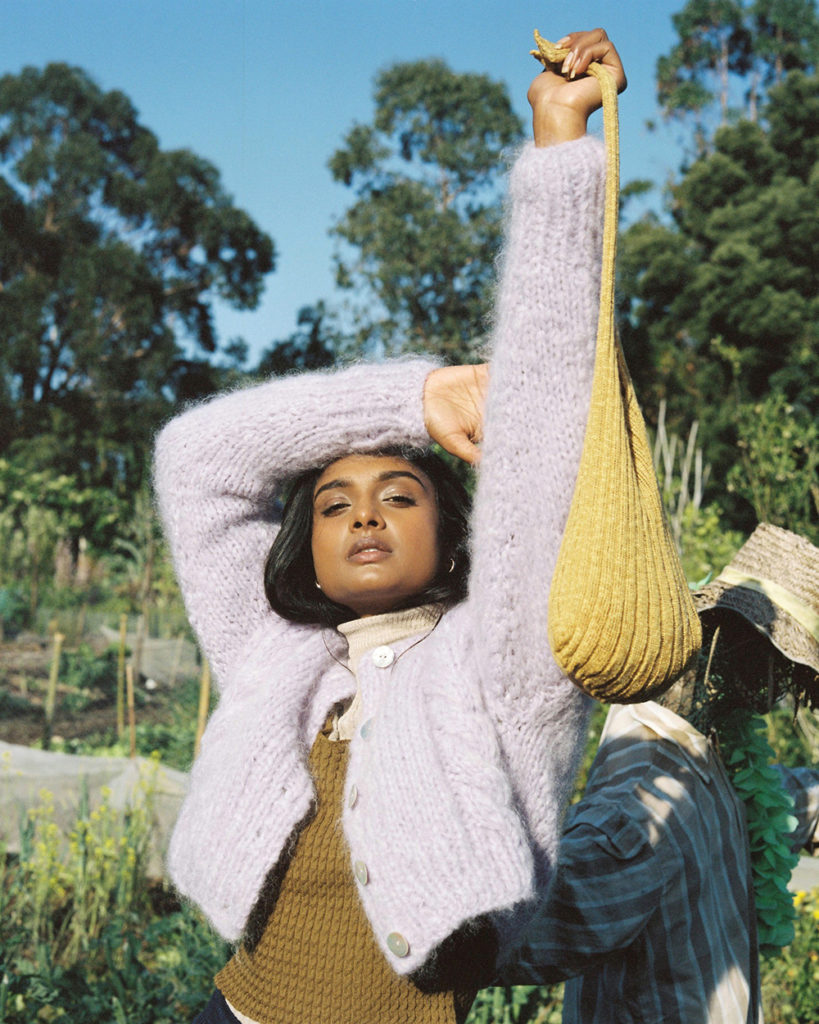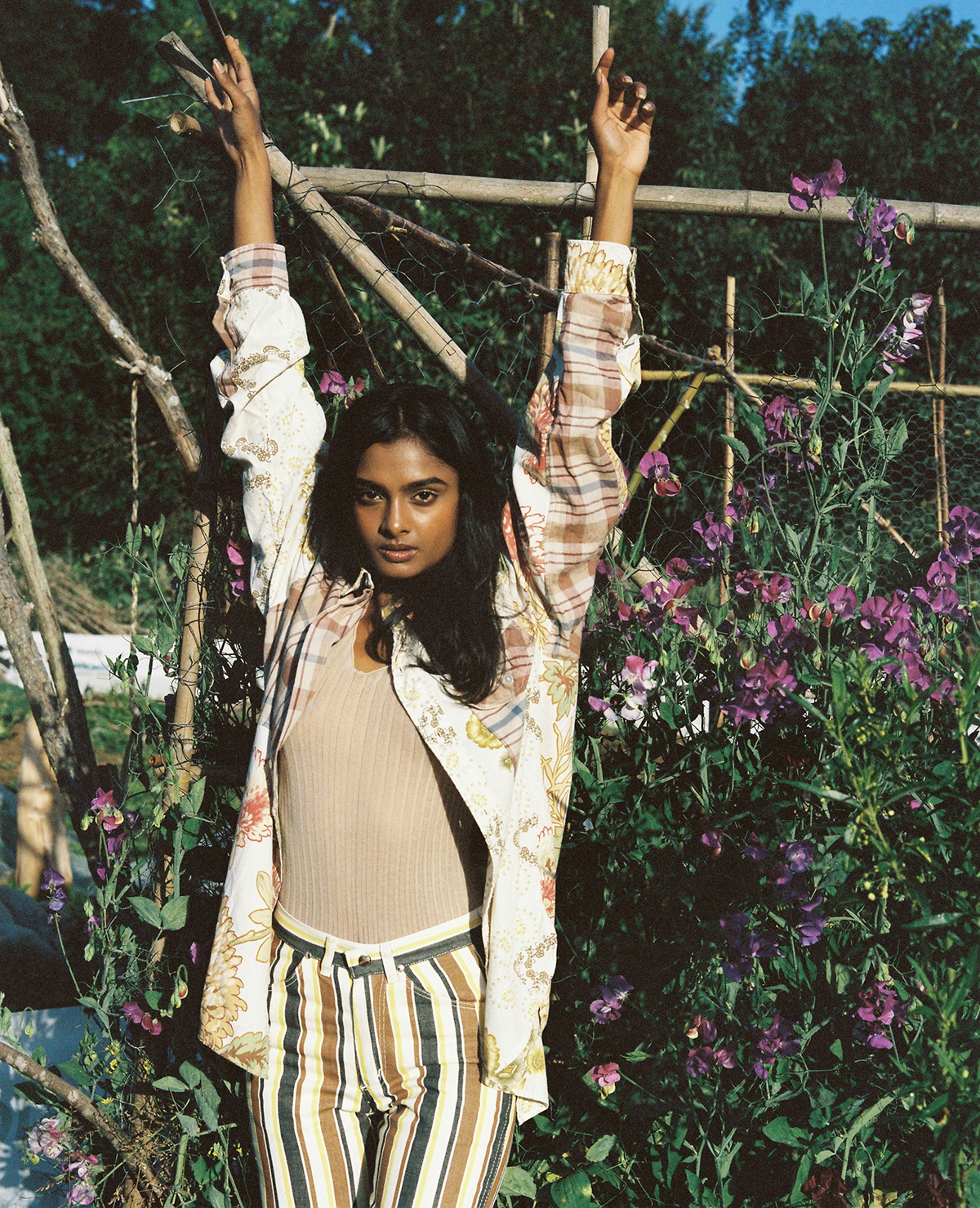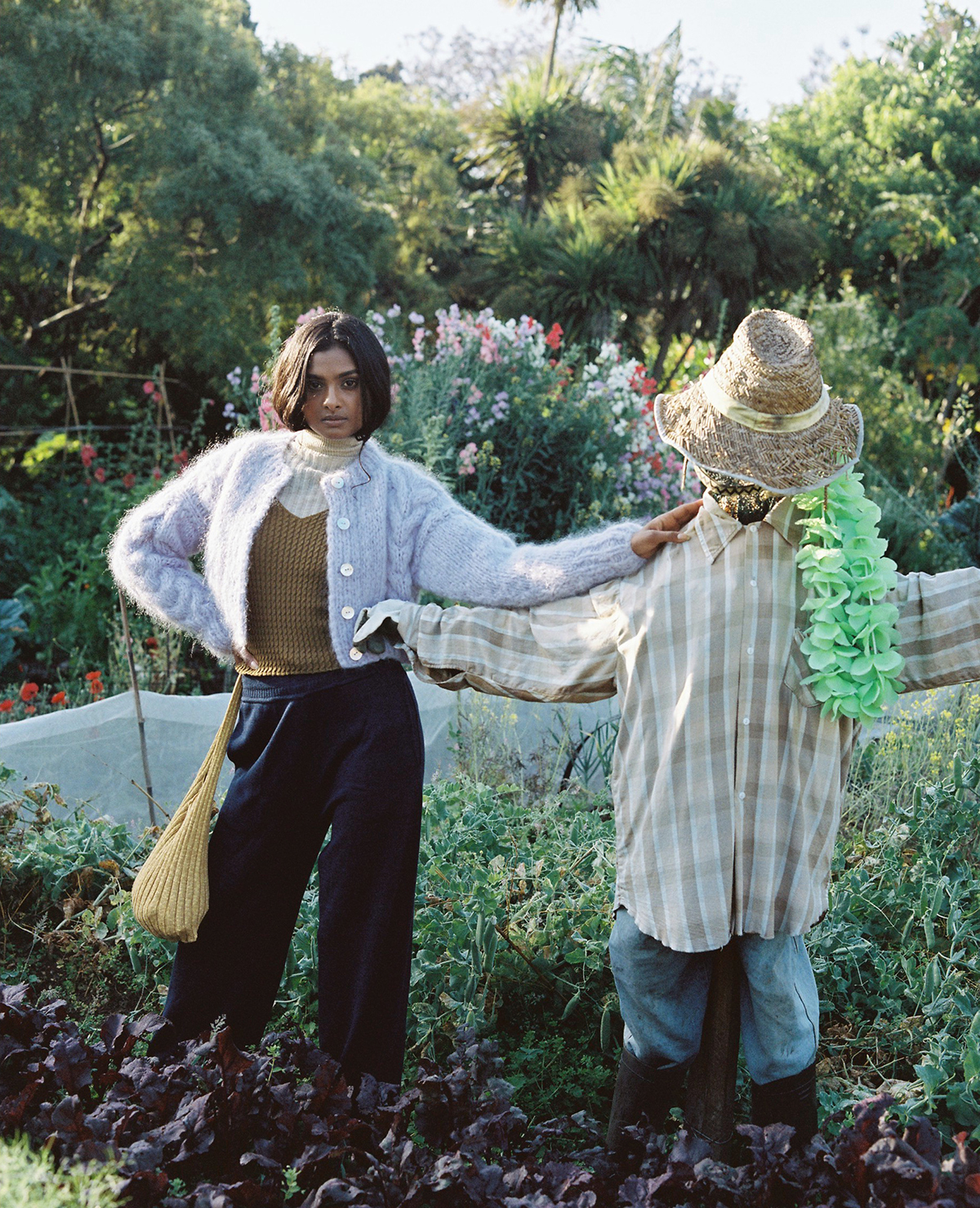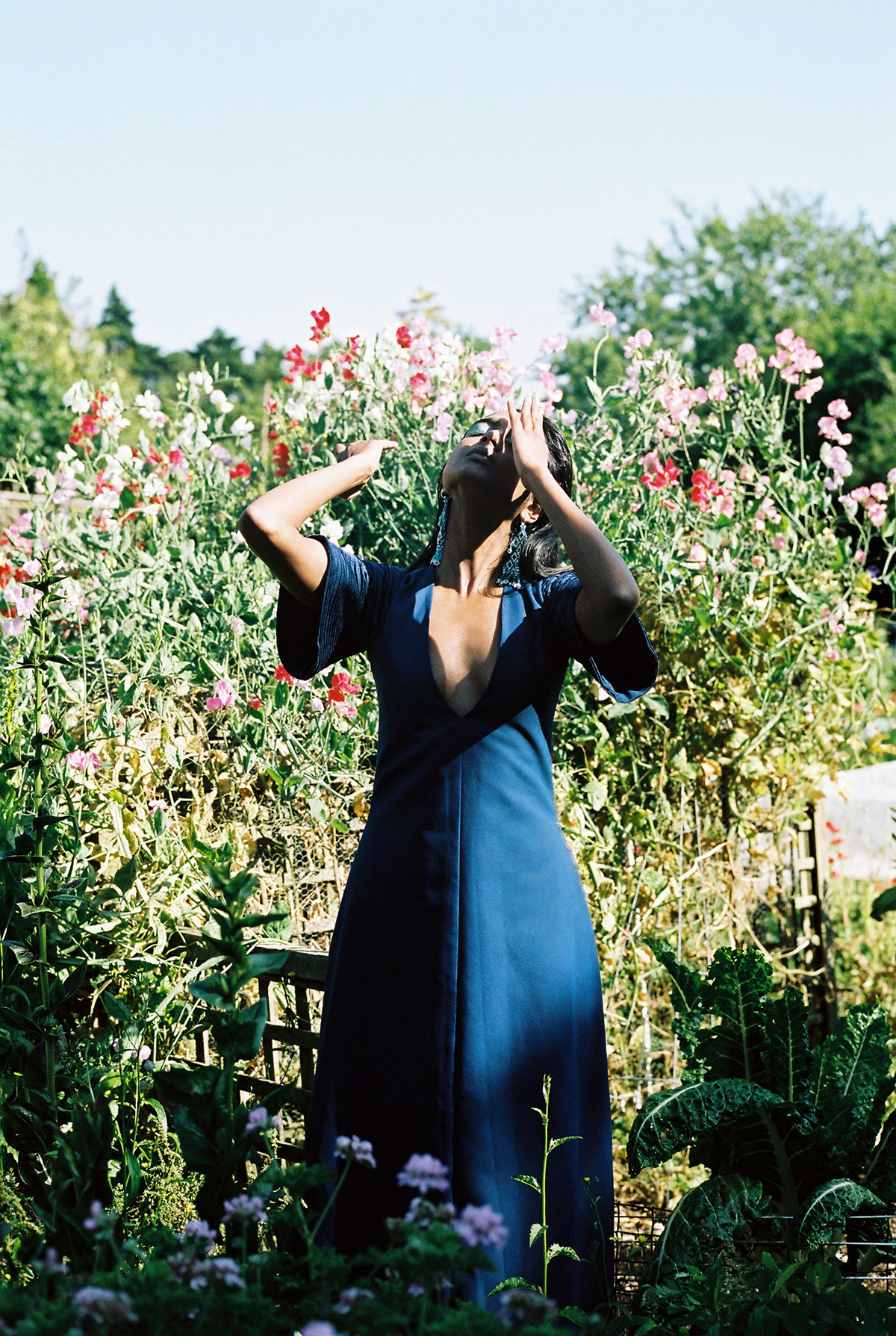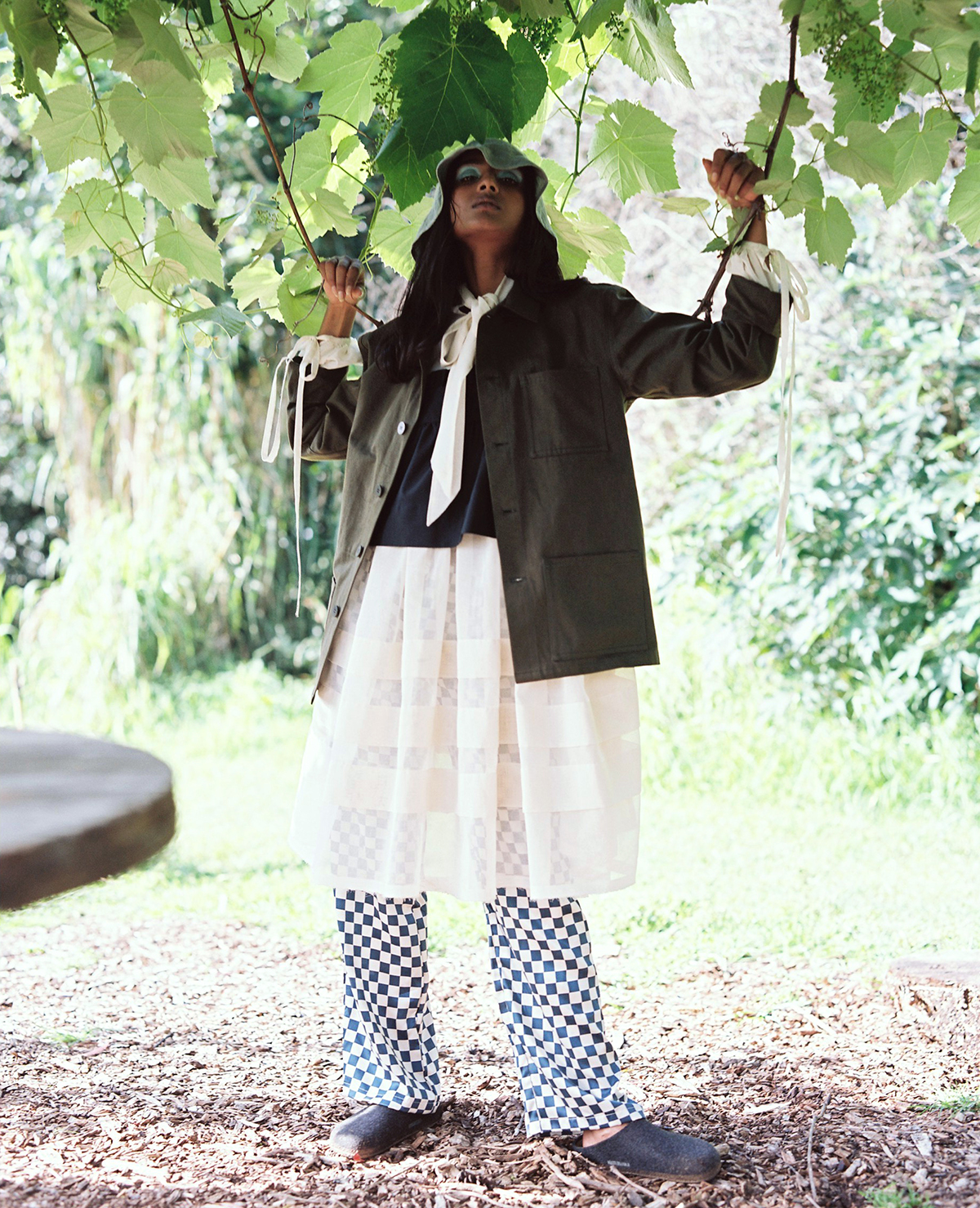
Shopping with sensitivity is more important than ever, so we’ve explored some sustainable options for improving the impact of your wardrobe and supporting local businesses.
Fashion is inherently emotive, helping us feel good, express ourselves, communicate our values and connect with others. Feeling is also influenced by a garment’s origins; who made it, and what is it made from?
The globalisation of the fashion system, race to the bottom for costs, and rampant expansion have eroded the old quality-driven, locally centred model, and we have become increasingly removed from the source of our clothing. We used to know, more or less, where our clothes came from: your mother, a dressmaker, or a local manufacturer.
We also understood a garment’s value more tangibly; it was expensive because it cost more to make, and because it was expensive, quality and longevity mattered. We mended garments, because replacing them wasn’t cheap to do.
In an increasingly opaque system of sprawling supply chains, disposability and questionable ethics, feelings of uncertainty and guilt are unavoidable. However education and investment are tools that give us agency and accountability.
Read more: What does that label mean? We decode some common clothing certifications
It’s heartening to see the increasing adoption of sustainable fabrics in New Zealand, tethered to a groundswell of environmental awareness, corporate responsibility, and consumer demand.
While no option is perfect yet, a number of textiles and production methods are kinder to both the environment and workers. Organic materials are becoming more common, and the burgeoning movements of circularity and second-life sourcing utilise recycled textiles, deadstock fabric and upcycling.
In the images below, photographed at the inspiring Sanctuary Mahi Whenua community garden in Auckland, we present some choices for those looking to explore sustainable fabrics and progressive manufacturing. Invest in these options if you are able; for the budget-conscious, seek these out secondhand.
By no means a complete or exhaustive overview of sustainable fashion, we’ve highlighted five alternatives offered by local brands and makers that present forward thinking and a gentler planetary impact.


